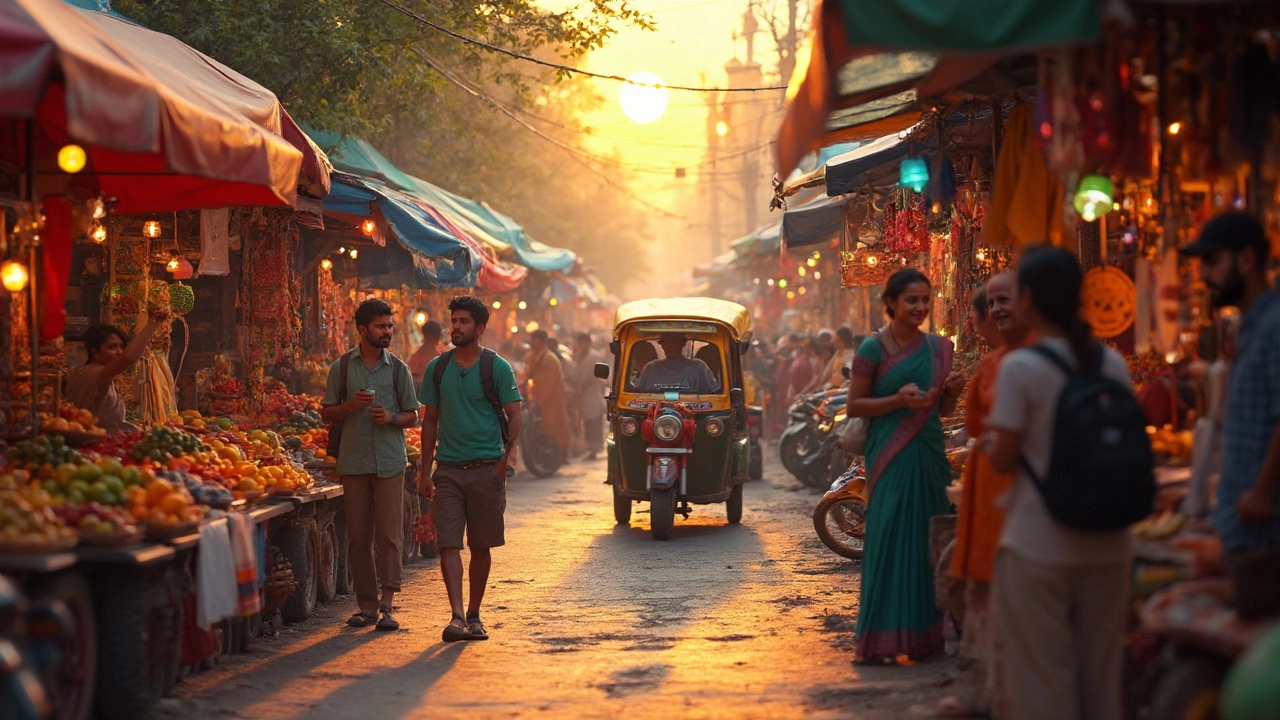SEARCH
India Backpacking: Real‑World Tips for 2025
If you’ve ever dreamed of hopping on a train, sleeping in a hostel, and waking up to a new skyline every day, India is the ultimate playground. The country is huge, cheap, and full of surprises, but the sheer size can feel overwhelming. Below you’ll find the basics you need to turn that wanderlust into a smooth, affordable journey.
Planning Your Budget & Timing
First thing’s first – money. A 3‑day trip in 2025 can be done for under $150 if you stick to local transport, street food, and budget guesthouses. Multiply that by a week and you’re still looking at under $400 for food, hostels, and intra‑state buses. The trick is to use real‑world formulas: daily food cost ($5‑$8), hostel bed ($7‑$12), and travel ($10‑$15). Add a small cushion for entry fees and you’ve got a reliable budget template.
The cheapest month to travel across India is usually October‑November. Flights drop, weather is pleasant, and festivals like Diwali add color without inflating prices. If you’re okay with cooler mountain air, March‑April works great for the Himalayas and the North‑East.
When you book, look for the cleanest and safest airports – Delhi, Bengaluru, and Kochi consistently rank high. Arriving at a well‑managed airport saves time and stress, letting you jump straight onto a train or bus.
Gear, Safety & Must‑Visit Trails
Backpackers often ask, “Do I need a fancy jacket?” The answer is the 3‑layer rule: a light base layer, a warm mid‑layer, and a waterproof shell. It works whether you’re trekking in Ladakh or exploring the Western Ghats. Pack a reusable water bottle, a quick‑dry towel, and a basic first‑aid kit – these items keep you comfortable and safe on any route.
Speaking of routes, the classic backpacking circuit starts in Delhi, heads north to the Golden Triangle (Delhi‑Agra‑Jaipur), then east to Varanasi, south to Hampi and Mysore, and finally west to Mumbai. For a more off‑beat vibe, try the North‑East loop: Guwahati, Shillong, Tawang, and Kaziranga. Each leg has cheap guesthouses, shared taxis, and local trains that run like clockwork.
If hiking calls your name, the best spots are already listed in our guide: the Triund trek near Dharamshala, the Valley of Flowers in Uttarakhand, and the Sandakphu trek in West Bengal. All three offer stunning scenery, simple tea‑house stays, and routes that can be done in 3‑5 days – perfect for a backpacker’s schedule.
Safety-wise, India is generally friendly to solo travelers, but a few habits go a long way. Keep copies of your passport in the hostel, use the same lock on all your bags, and avoid flashing expensive gadgets. The safest state in South India, according to recent surveys, is Kerala – its police are helpful and the locals are welcoming.
Lastly, stay healthy. Stick to cooked food, peel fruits yourself, and drink only bottled or filtered water. Our “What to Eat in India” guide gives you a quick checklist so you can enjoy the flavors without a stomach upset.
With the right budget plan, a solid packing list, and a clear route, backpacking through India becomes an unforgettable adventure rather than a stressful slog. Grab your bag, pick a season, and hit the road – India’s waiting.

Is India Expensive as a Tourist? Real Costs, Smart Tricks, and Surprises
Thinking about traveling to India? You might be wondering if your savings will last or disappear too quickly. This article breaks down what tourists actually pay across the country, from cheap eats and hostels to splurges and hidden costs. Expect practical tips, stories from real travelers, and up-to-date prices for 2025. Planning a smart, affordable trip to India is easier than you think.
Continue reading